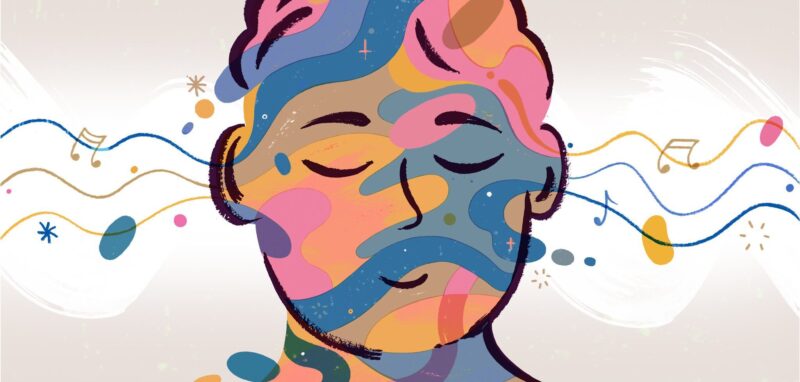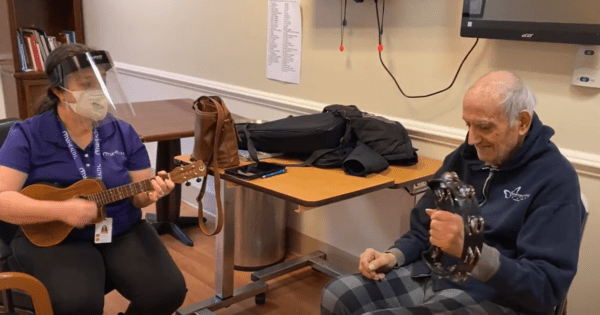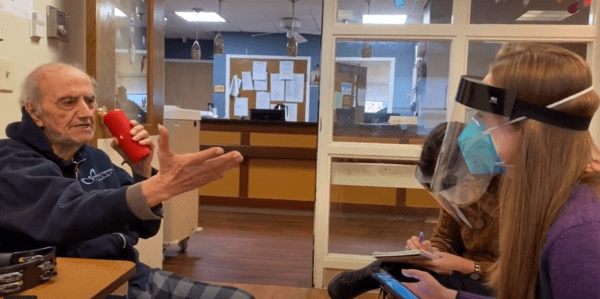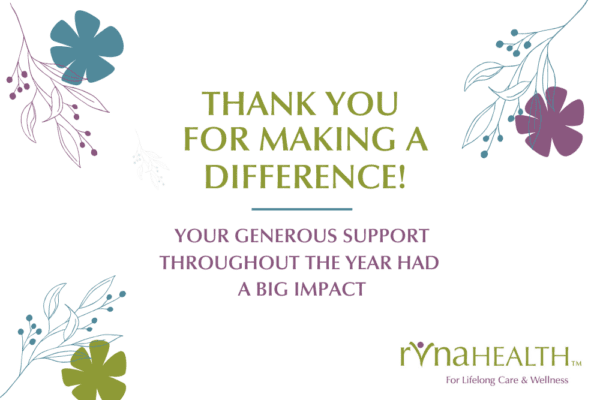

The American Music Therapy Association defines Music Therapy as “the clinical and evidence-based use of music interventions to accomplish individualized goals.” In other words, it is the use of music to address physical, emotional, cognitive, and social needs of individuals. It is based on the idea that music can have a powerful impact on the brain and can be used to enhance various therapeutic processes.
Music Therapy is delivered by credentialed professionals, such as RVNAhealth’s Sherrye Platt. Professionals such as Platt have completed an approved program and passed a national exam


offered by the Certification Board for Music Therapists. Platt earned her master’s degree at world-renowned Berklee College of Music and notes that, “With music therapy, music is not the goal, rather the method used to reach it.” The certification preparation includes developing counseling knowledge and skill as well as neuroscience expertise to best understand the brain/body response.
Platt describes the effectiveness of music therapy as “meeting people where they are.” She describes a fundamental technique called the Iso-Principle, by which music is matched with the initial mood of a client, then the music is gradually altered to move a patient’s mood toward one that is healthy for their body.
Some of the larger goals of music therapy include promoting wellness, managing stress, alleviating pain, expressing feelings, enhancing memory, improving communication, promoting physical rehabilitation, and more. So, what specifically happens during a music therapy session? Hint: it’s not just people singing to you! It takes many different forms and there are many types of interventions. Individuals may engage in a variety of musical activities, such as playing an instrument, singing, songwriting, movement, or listening to music. The therapist uses music to support the individual’s therapeutic goals, such as improving communication skills, reducing stress, and enhancing self-esteem.


While technically not “music therapy” unless working with a board certified professional – you can use music therapeutically on your own. The key is to use music in ways that make you feel good! Examples may include creating a playlist that makes you feel happy; finding songs that make you want to dance, sing, laugh, or cry; talking to your loved one about their favorite music and the memories attached to it; listening to music while doing everyday activities; or playing an instrument.
RVNAhealth currently offers Music Therapy to patients receiving RVNAhealth hospice services. Additionally, Sherrye Platt and other RVNAhealth Music Therapists offer regular community education events. Please see our calendar of upcoming events if you are interested in learning more.



